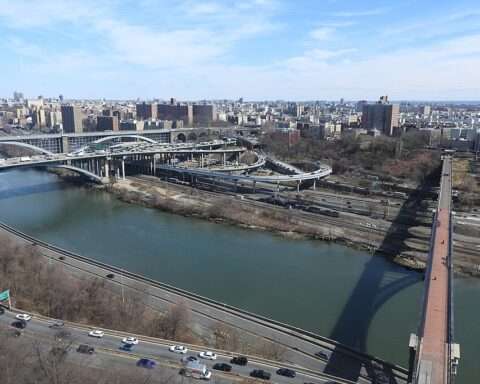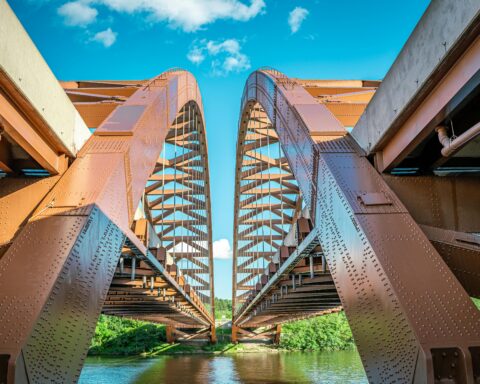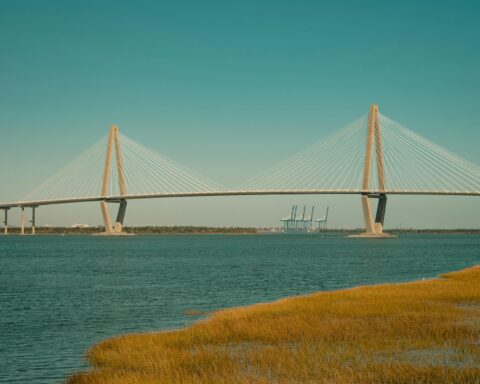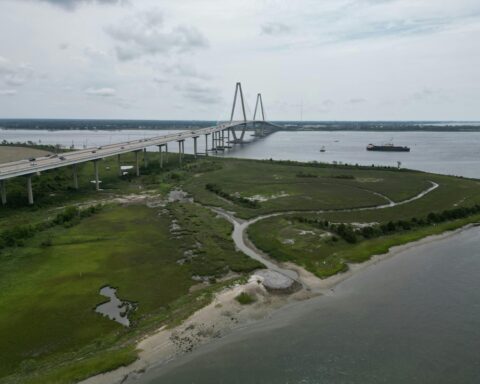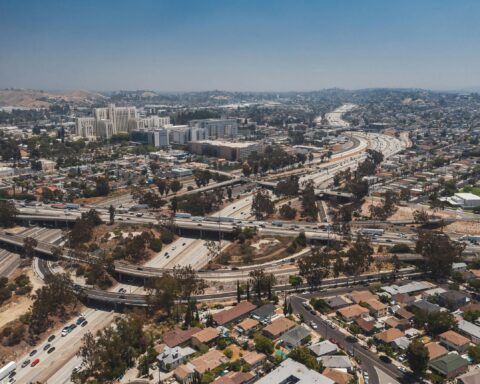The public comment period on a draft environmental impact statement regarding a multibillion project to rebuild the Oregon-Washington Interstate Bridge that connects the two states via I-5 is now open.
The proposed project to replace the 100-year-old bridge that runs over the Columbia River is estimated to cost nearly $6 billion. Experts say the current structure would not survive an earthquake. The replacement bridge will include designated right of way for light rail transit and dedicated bus rapid transit.
The Interstate Bridge Replacement Program Team, which is represented by the Washington State Department of Transportation, released the 62-page draft statement on Sept. 20. The public has until Nov. 18 to comment.
RELATED: Over 220,000 US bridges need urgent repairs, report finds
The total estimated timeline for the project is between 9-15 years, according to the report.
The new project builds on a previous effort to replace the bridge that was halted in 2014.
According to the statement, replacing the bridge could reduce crashes in the area by 13-17% by 2045 while also increasing transit ridership and reducing carbon emissions.
Potential points of contention with the public include a plan to raise up to $1.6 billion of the necessary funding through tolling, with the remainder being covered through state and federal sources. The project could also cause roughly 47 acres of displacement, including the loss of 616 jobs and 43 homes, WSDOT says.
“The impacts to businesses and people is real to us, and so we are taking every step to avoid and minimize those,” Assistant Program Administrator Ray Mabey says. “We know that eminent domain… is one of the last resort things that’s on the table for us, and it’s not a tool that we use lightly or willingly.”
According to the draft statement, a replacement bridge could reduce morning southbound car travel by 4-8 minutes compared to the current setup, It could also shorten the afternoon northbound rush travel time from an estimated 42 minutes to as low as 14 minutes.
Following the public comment period—and in collaboration with the joint leads, cooperating and participating agencies, and tribes—the IBR Program will determine which design options should be advanced to the final environmental impact statement and formally recommended by the program, WSDOT says.
Photo courtesy Cacophony






